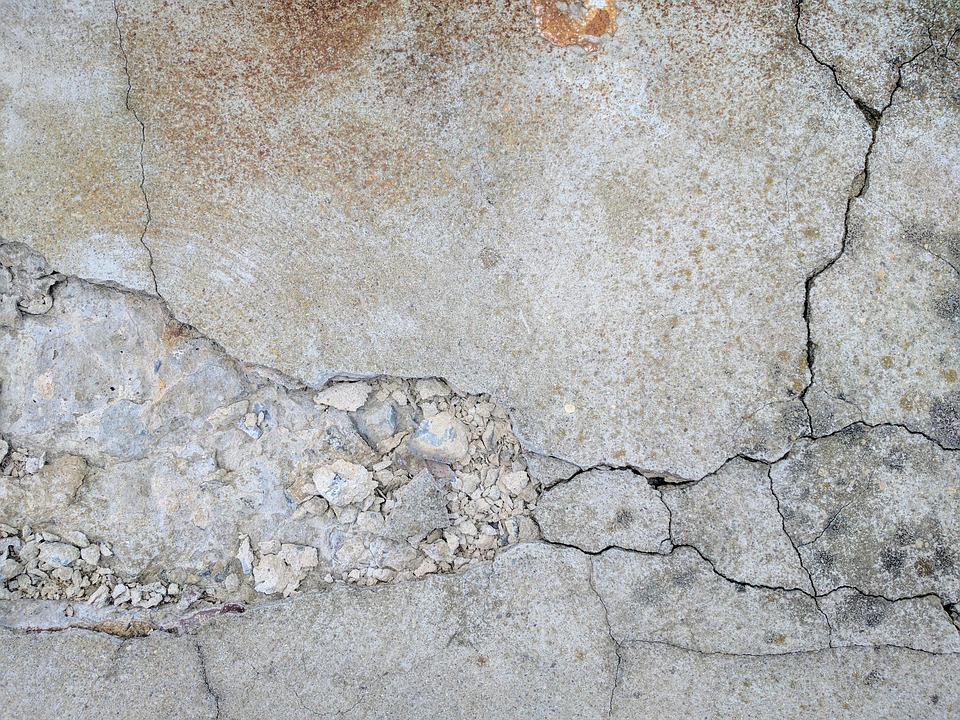Mold Growth on Concrete
Concrete is a versatile, beautiful, and strong building material that has many applications in and around your home, business, or property. But like many materials, it is not impervious to mold growth, which can lead to serious problems beyond unsightly spots or stains.
If you’re building from scratch, mold prevention should begin in the design phase - prevention of mold is always easier than removing it at a later date. Measures like mitigating excessive humidity, preventing water infiltration, and easing condensation are all things to consider in a building project that will help prevent mold growth.
 Mold is an integral part of the natural environment: mold breaks down organic material to make room for new growth, it cultures food and drink that we enjoy, and it helps ecosystems to thrive. But inside or outside of our homes, mold can also cause problems. In people, mold can cause allergy symptoms to serious illness, and in or on your building, mold can damage personal objects or building materials. While some molds are harmless or even beneficial, it’s the more toxic varieties you need to watch out for.
Mold is an integral part of the natural environment: mold breaks down organic material to make room for new growth, it cultures food and drink that we enjoy, and it helps ecosystems to thrive. But inside or outside of our homes, mold can also cause problems. In people, mold can cause allergy symptoms to serious illness, and in or on your building, mold can damage personal objects or building materials. While some molds are harmless or even beneficial, it’s the more toxic varieties you need to watch out for.
Mold can affect concrete in a number of different ways. Some molds produce acids that degrade the concrete and compromise the integrity and strength of its surface. While concrete itself does not necessarily provide the ideal material for mold to grow, the dust, dirt, pollen, dead skin, bacteria or other things that collect in and on it do Even if there are no visible cracks, holes or other intrusions, mold can still be present on a concrete surface.
From the very first pouring, concrete needs to be naturally or artificially ventilated to allow the wet surface to dry for at least 24 hours. Mold can begin to grow in only 48 hours, so putting up protective barriers and minimizing the risk of water damage and mold growth is an important first step. Being mindful of your building process and the actions taking place in and around drying concrete are key as well - there’s no sense in installing drywall next to damp concrete; the drywall will absorb excess moisture and can become a site of mold growth as well.
Sealing is your concrete correctly is probably the most important step to preventing mold growth. If you have a newly poured basement or exterior concrete, sealing it to prevent water transmission through the porous concrete will help keep your concrete dry and mold free.
If you’re well past the building stage and have a mold problem with concrete in your building, the best thing to do is have a qualified professional come to inspect the severity of the problem. They’ll not only help you choose the right method for cleaning up any mold they find, but they’ll also help you troubleshoot any problems that may be causing mold to grow. As with any material, concrete requires special knowledge, materials, and methods for cleaning to keep it at 100%, and unlike drywall or studs, does not often have to be removed in order to get rid of the mold problem.





